Museum of Islamic Art (MIA), Doha, Qatar | Art Museum Guide

Source: Ralf Steinberger, Museum of Islamic Art, Wikipedia, https://en.wikipedia.org/wiki/File:Museum_of_Islamic_Art_in_Doha,_Qatar_(32673171432).jpg
The art museum, Museum of Islamic Art (MIA), Doha, Qatar is one of the most significant cultural landmarks in the Middle East, showcasing a rich heritage of Islamic artistry. Situated on its own island along the Doha Corniche, the museum is an architectural masterpiece designed by the world-renowned architect I.M. Pei. Its striking geometric design draws inspiration from traditional Islamic forms while embracing a modern aesthetic, creating a visually captivating presence against the backdrop of Doha Bay.
Inside, the museum offers visitors an unparalleled journey through 1,400 years of Islamic history. The collection spans from the 7th to the 20th century, featuring masterpieces from regions as diverse as Spain, Egypt, Iran, India, and Central Asia. Displays include rare manuscripts, delicate ceramics, intricate metalwork, textiles, and stunning glass pieces, each reflecting the creativity and craftsmanship of Islamic civilizations.
Beyond its galleries, the Museum of Islamic Art also serves as a vibrant cultural hub, hosting special exhibitions, educational programs, and community events. Its adjoining MIA Park provides a serene outdoor setting with panoramic city views, making it a favorite destination for both art enthusiasts and the general public. This fusion of art, history, and architecture positions the MIA as a world-class cultural institution.
Iconic Location On Doha Corniche
The art museum, Museum of Islamic Art (MIA), Doha, Qatar is uniquely situated on its own purpose-built island along the scenic Doha Corniche. This prime location allows visitors to enjoy breathtaking, uninterrupted views of the city’s skyline and the shimmering waters of Doha Bay. The setting is deliberately chosen to create a sense of separation from the bustling urban environment, giving the museum an atmosphere of tranquility and distinction.
Approaching the MIA is an experience in itself. A long, elegant bridge connects the island to the mainland, guiding visitors toward the striking structure that emerges like a jewel over the water. The surrounding area is meticulously landscaped, with palm-lined pathways and open spaces that invite leisurely strolls before or after exploring the museum’s galleries.
From this vantage point, the art museum offers visitors a chance to see Doha from a new perspective, especially at sunrise and sunset when the light transforms the bay into a golden reflection of the city. The location also makes the MIA a central feature in the city’s cultural and leisure life, as MIA Park next door hosts community events, markets, and family-friendly activities. This distinctive setting reinforces the MIA’s status as both an artistic and architectural landmark in Qatar.
Architectural Masterpiece By I.M. Pei
The art museum, Museum of Islamic Art (MIA), Doha, Qatar is an iconic work of architecture designed by the celebrated Chinese-American architect I.M. Pei, renowned for projects such as the Louvre Pyramid in Paris. For the MIA, Pei embarked on an intensive study of Islamic architecture, traveling across the Middle East to draw inspiration from historical structures.
The resulting design is a harmonious blend of traditional Islamic forms and modernist sensibilities. The building’s geometric façade, composed of sand-colored limestone, reflects the clean lines and symmetry often found in Islamic architecture. The main structure is inspired by the ablution fountain of Cairo’s Ibn Tulun Mosque, with its stacked, angular tiers leading to a central tower.
Inside, the museum continues to impress with an expansive atrium, a grand staircase, and abundant natural light streaming through strategically placed windows. These design choices highlight the artworks while creating a sense of openness and elegance.
Pei also considered the museum’s surroundings, ensuring that the building would stand as a visual anchor on the Doha Corniche. The play of light and shadow on its surfaces, especially at different times of the day, gives the structure a timeless quality. The MIA is not merely a container for art—it is itself a masterpiece of art and design.
Extensive Islamic Art Collection
The art museum, Museum of Islamic Art (MIA), Doha, Qatar houses one of the world’s most comprehensive and diverse collections of Islamic art. Spanning over 1,400 years, the collection reflects the artistic achievements of Islamic civilizations from the 7th to the 20th century. It covers a vast geographic area, with objects originating from Spain, North Africa, the Middle East, Central Asia, and South Asia.
Visitors can explore a wide variety of mediums, including ceramics, glass, metalwork, textiles, woodwork, and precious manuscripts. Each piece has been carefully selected to represent the craftsmanship, creativity, and cultural exchange that flourished across the Islamic world. Notable highlights include intricately decorated metal basins, colorful Iznik pottery from Turkey, and luminous glass lamps from Egypt and Syria.
The museum’s galleries are thoughtfully curated to guide visitors through thematic and chronological journeys. This arrangement allows for a deeper understanding of how Islamic art evolved over centuries while preserving its core principles of geometric design, calligraphy, and intricate ornamentation.
Whether it’s the brilliance of jeweled artifacts, the subtle elegance of carved wood, or the refined beauty of architectural fragments, the MIA’s collection showcases the richness and diversity of Islamic heritage. For art enthusiasts and scholars alike, it is a treasure trove of cultural history.
Rare Manuscripts And Calligraphy
The art museum, Museum of Islamic Art (MIA), Doha, Qatar features an exceptional selection of rare manuscripts and calligraphic works that highlight the central role of written expression in Islamic culture. The Qur’an, as the sacred text of Islam, has inspired centuries of calligraphic mastery, and the museum’s collection contains some of the most exquisite examples in existence.
Visitors can view beautifully preserved Qur’anic manuscripts, some dating back to the 8th century, written in scripts such as Kufic, Naskh, and Thuluth. These works often feature gold leaf illumination, intricate geometric borders, and delicate floral motifs, combining artistry with spiritual devotion.
Beyond religious texts, the museum also houses scientific, literary, and poetic manuscripts that reflect the intellectual vibrancy of the Islamic world. These volumes often include detailed illustrations, diagrams, and miniature paintings that enhance their visual appeal.
Calligraphy, regarded as the highest form of artistic expression in Islamic tradition, is celebrated through panels, inscriptions, and decorative elements on various objects. The museum’s displays reveal the diversity of calligraphic styles and regional variations, offering insight into both aesthetic and cultural traditions.
This remarkable collection of manuscripts and calligraphy at the MIA not only preserves historical treasures but also allows visitors to appreciate the enduring beauty and significance of the written word in Islamic art.
Intricate Ceramics And Glassware
The art museum, Museum of Islamic Art (MIA), Doha, Qatar showcases an impressive collection of ceramics and glassware that reflects centuries of innovation and craftsmanship in the Islamic world. These objects, dating from the 9th to the 19th century, demonstrate both artistic refinement and practical functionality, as they were often created for daily use as well as for ceremonial purposes.
The ceramic displays feature vibrant Iznik pottery from Turkey, known for its striking floral motifs and bold color palettes of cobalt blue, turquoise, and red. Persian lusterware, with its shimmering metallic glazes, reveals the technical mastery achieved by artisans in the medieval Islamic period. Decorative tiles, bowls, and plates exhibit geometric patterns and calligraphic inscriptions, combining visual beauty with cultural symbolism.
The glassware collection is equally captivating, with examples from Egypt, Syria, and Iran. Many of these pieces are enamelled or gilded, displaying intricate detailing that highlights the skill of ancient glassmakers. Some glass objects served as mosque lamps, their inscriptions glowing when illuminated.
These ceramics and glassware not only demonstrate regional variations in style and technique but also tell stories of trade, cultural exchange, and artistic dialogue across Islamic territories. At the MIA, they stand as vibrant reminders of the creativity embedded in everyday objects.
Masterpieces Of Metalwork
The art museum, Museum of Islamic Art (MIA), Doha, Qatar presents a remarkable array of metalwork that showcases the ingenuity and artistic excellence of Islamic artisans over the centuries. The collection spans from finely crafted weaponry and armor to delicate household items and ceremonial objects.
Among the highlights are intricately inlaid brass and bronze vessels, often decorated with silver and gold to create elaborate patterns and calligraphic inscriptions. These pieces, originating from regions such as Iran, Egypt, and Syria, reflect a blend of artistic sophistication and practical design. Many were used as basins, ewers, and candlesticks, serving both decorative and functional purposes.
The museum also features elaborately forged swords, daggers, and armor, each bearing ornate embellishments that reflect the prestige of their owners. These objects not only embody craftsmanship but also symbolize status, honor, and protection in their historical context.
Astrolabes and scientific instruments made of brass reveal the intellectual contributions of the Islamic world, combining artistry with precision engineering. Decorative metal panels and fittings from architecture further illustrate the versatile use of metal in Islamic design.
Through these masterpieces, the MIA offers visitors a glimpse into the metallurgical expertise and creative expression that flourished in the Islamic world, highlighting the enduring beauty and cultural significance of this art form.
Textiles And Carpets From Across The Islamic World
The art museum, Museum of Islamic Art (MIA), Doha, Qatar holds a stunning collection of textiles and carpets that illustrates the diversity and artistry of Islamic weaving traditions. Spanning centuries and geographic regions, these works reflect both functional craftsmanship and exquisite decorative beauty.
The textile collection includes luxurious silk garments, embroidered robes, and finely woven fabrics from Persia, Central Asia, and the Ottoman Empire. Each piece reveals intricate patterns, often incorporating geometric motifs, arabesques, and calligraphy that hold cultural and symbolic significance. Dyes made from natural sources such as indigo, cochineal, and saffron give the textiles their vivid, enduring colors.
The carpet displays are equally captivating, featuring Persian, Anatolian, and Mamluk examples. Persian carpets, known for their intricate floral designs and balanced symmetry, contrast with the bold geometric patterns found in Anatolian weavings. Mamluk carpets, with their rich colors and unique star-like medallions, showcase regional craftsmanship at its finest.
Many of these textiles were used in both domestic and ceremonial contexts, serving as floor coverings, wall hangings, or prayer rugs. The museum’s careful preservation allows visitors to appreciate the delicate fibers and techniques that have endured for centuries. Together, these works offer a vivid tapestry of Islamic cultural heritage.
Rotating Special Exhibitions
The art museum, Museum of Islamic Art (MIA), Doha, Qatar is not only home to a permanent collection but also hosts an impressive program of rotating special exhibitions. These curated displays bring fresh perspectives to Islamic art, history, and culture, offering visitors something new with each visit.
Special exhibitions often focus on specific themes, such as the art of a particular region, the influence of Islamic design on global art, or the works of a single renowned artist or dynasty. They may also feature rare artifacts on loan from prestigious international institutions, providing opportunities to view pieces not normally available in Qatar.
In addition to historical and cultural themes, some exhibitions explore contemporary interpretations of Islamic art, bridging the past with the present. This diversity ensures that the museum appeals to a wide range of audiences, from scholars to casual visitors.
The exhibitions are enhanced by educational programming, including lectures, workshops, and guided tours, which deepen visitor engagement. Multimedia displays and interactive elements are often incorporated to make the experience more immersive.
By presenting these dynamic and ever-changing displays, the MIA reinforces its role as a vibrant cultural hub in Doha, inviting audiences to continually rediscover the richness of Islamic heritage.
Extensive Islamic Art Collection
The art museum, Museum of Islamic Art (MIA), Doha, Qatar boasts one of the most significant and diverse collections of Islamic art in the world. Spanning over 1,400 years, the collection offers an extraordinary journey through the artistic traditions of Islamic civilizations, from the 7th to the 20th century.
Artifacts originate from a vast geographic range, including Spain, North Africa, Egypt, the Middle East, Central Asia, and South Asia. Visitors can explore masterpieces in various mediums, such as ceramics, glassware, metalwork, textiles, woodwork, and manuscripts. Each piece highlights the exceptional skill, creativity, and cultural richness that characterized Islamic art throughout history.
Highlights of the collection include intricate Persian lusterware, delicately carved wooden panels, and colorful Iznik pottery from Turkey. Glass mosque lamps from Syria, inlaid brass basins from Egypt, and jewel-encrusted artifacts from India further showcase the diversity of techniques and regional styles.
The museum’s galleries are arranged to guide visitors through thematic and chronological narratives, allowing for a deeper appreciation of both the artistic achievements and the historical contexts in which they were created. This extensive collection makes the MIA an unparalleled destination for those interested in the beauty and heritage of the Islamic world.
Lush MIA Park
Adjacent to the art museum, Museum of Islamic Art (MIA), Doha, Qatar lies the expansive MIA Park, a vibrant outdoor space that complements the museum experience. Designed with landscaped gardens, wide walking paths, and scenic viewpoints, the park offers a peaceful retreat with some of the most stunning views of Doha’s skyline and the turquoise waters of the bay.
The park features open green spaces perfect for picnics, casual gatherings, and outdoor activities. Palm-lined promenades and shaded seating areas provide comfortable spots for relaxation, while art installations and sculptures add creative interest to the surroundings. For families, the park includes playgrounds that make it a welcoming space for children.
MIA Park is also a lively venue for community events, including weekend markets, outdoor film screenings, and cultural festivals. Its prime waterfront location makes it a popular spot for walking, jogging, and cycling, particularly during the cooler months.
A café within the park offers refreshments with panoramic sea and city views, making it a favorite stop for both locals and tourists. Whether enjoyed before or after a visit to the museum, MIA Park enhances the cultural and leisure experience, blending nature, recreation, and art in one remarkable setting.
Conclusion
The art museum, Museum of Islamic Art (MIA), Doha, Qatar stands as a world-class destination where history, culture, and artistry converge. Its remarkable collections, ranging from rare manuscripts to exquisite ceramics and intricate metalwork, offer a comprehensive view of Islamic heritage. The museum’s striking architecture, iconic location on the Doha Corniche, and surrounding MIA Park create an experience that is both enriching and visually captivating. With its blend of permanent displays, rotating exhibitions, and cultural programs, the MIA serves as a bridge between past and present, inviting visitors to immerse themselves in the timeless beauty of Islamic art and design.
Let Us Know What You Think!
Every information you read here are written and curated by Kreafolk's team, carefully pieced together with our creative community in mind. Did you enjoy our contents? Leave a comment below and share your thoughts. Cheers to more creative articles and inspirations!

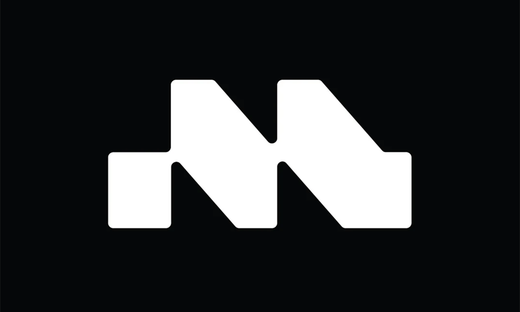
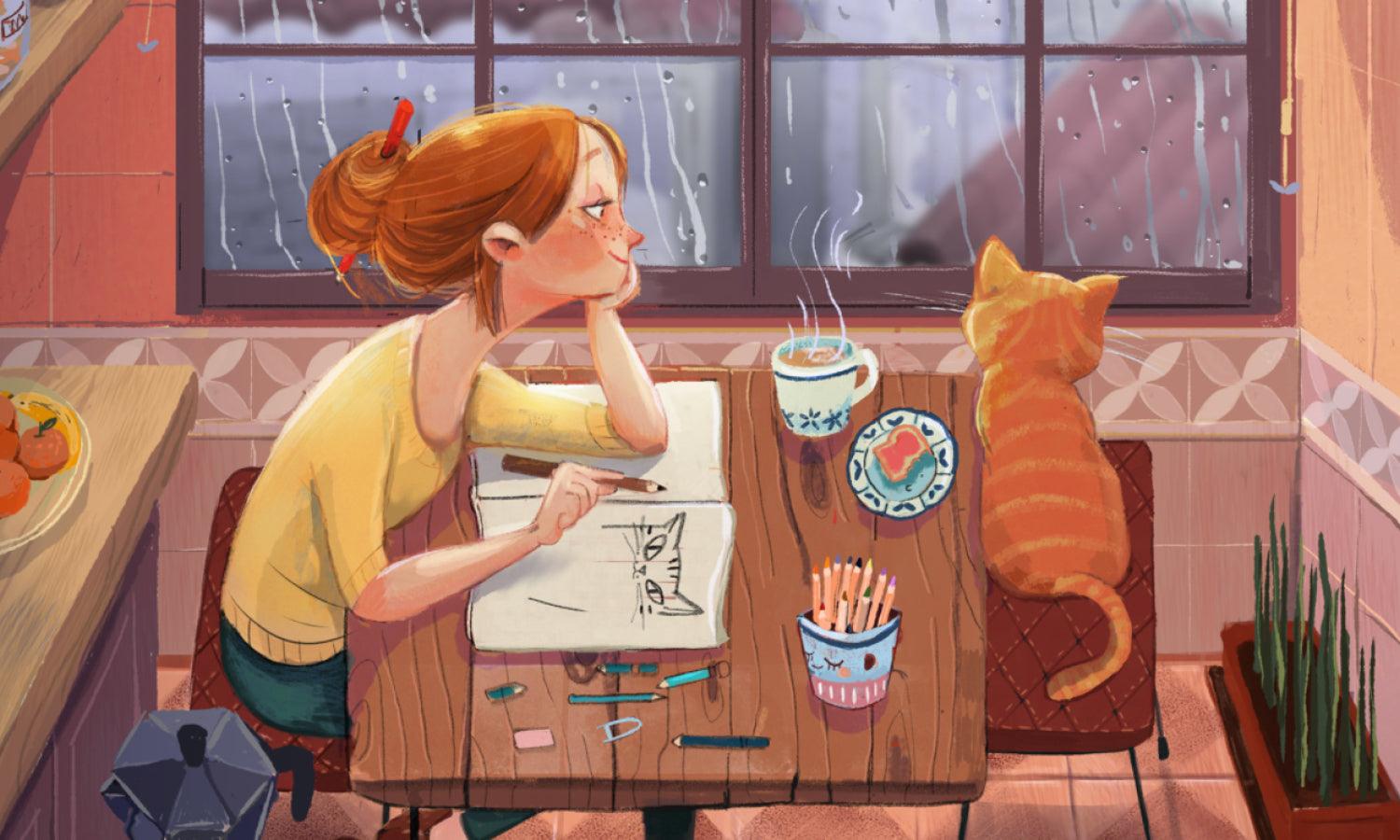
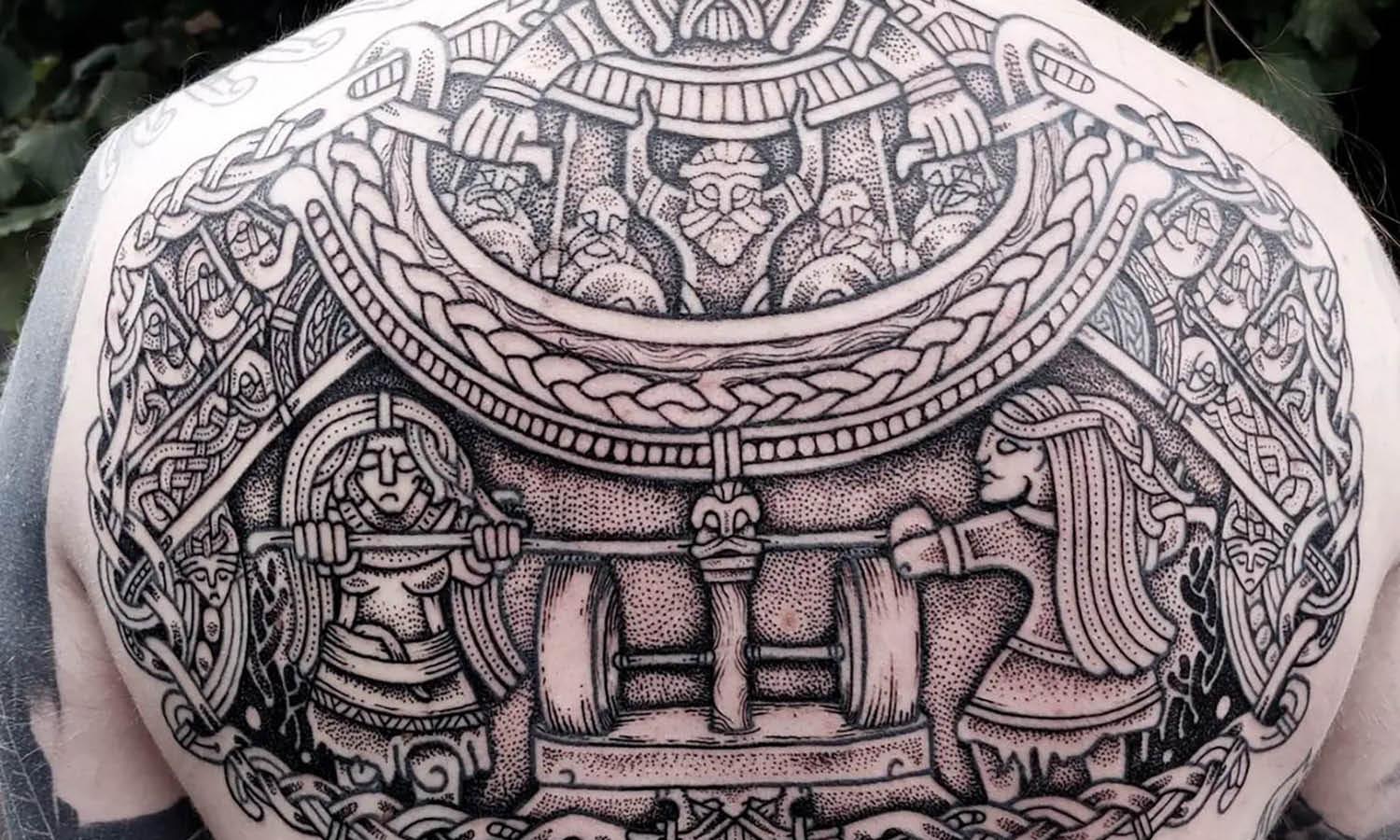
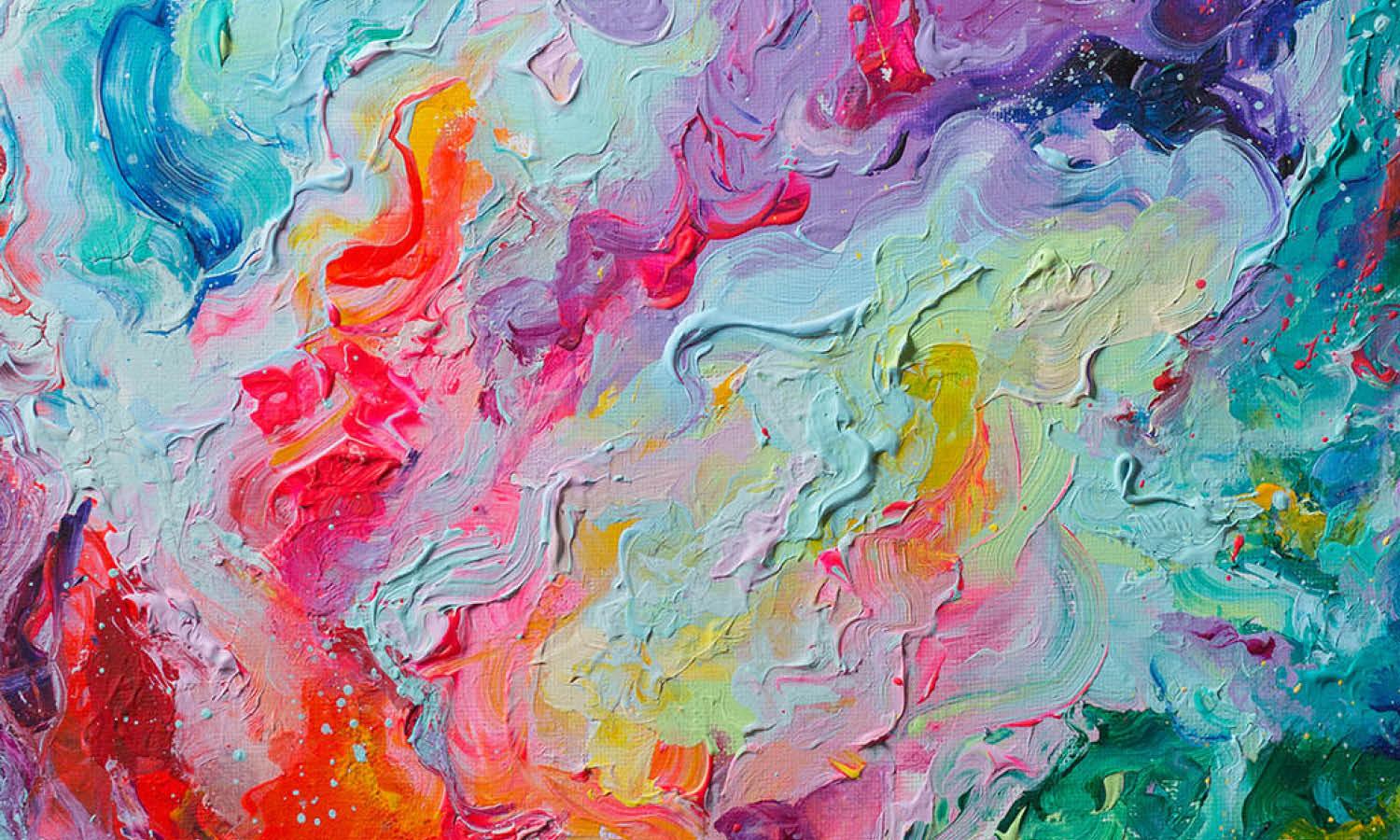
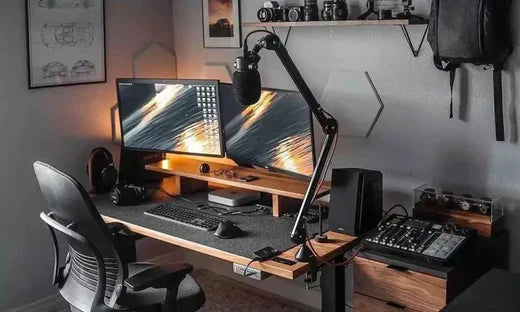


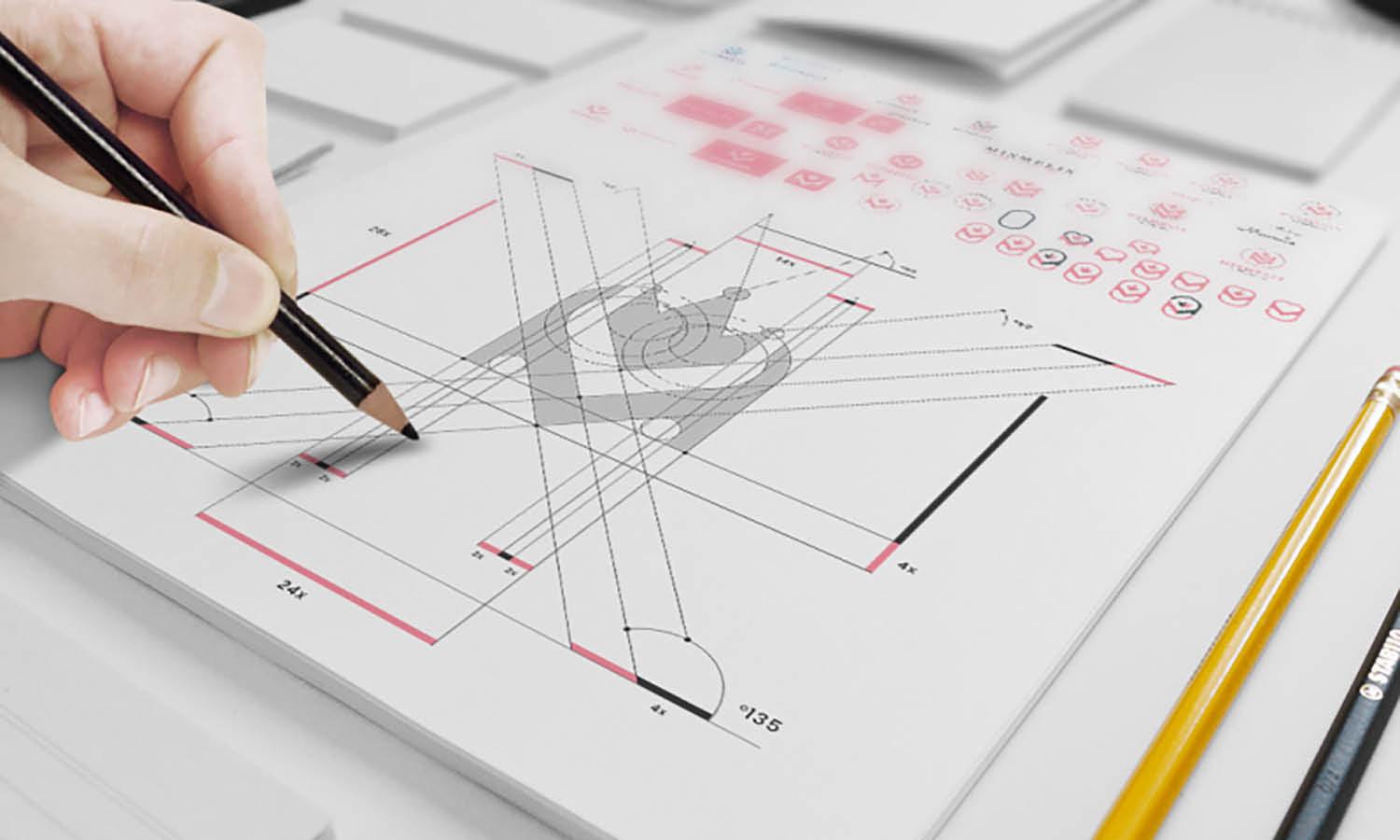
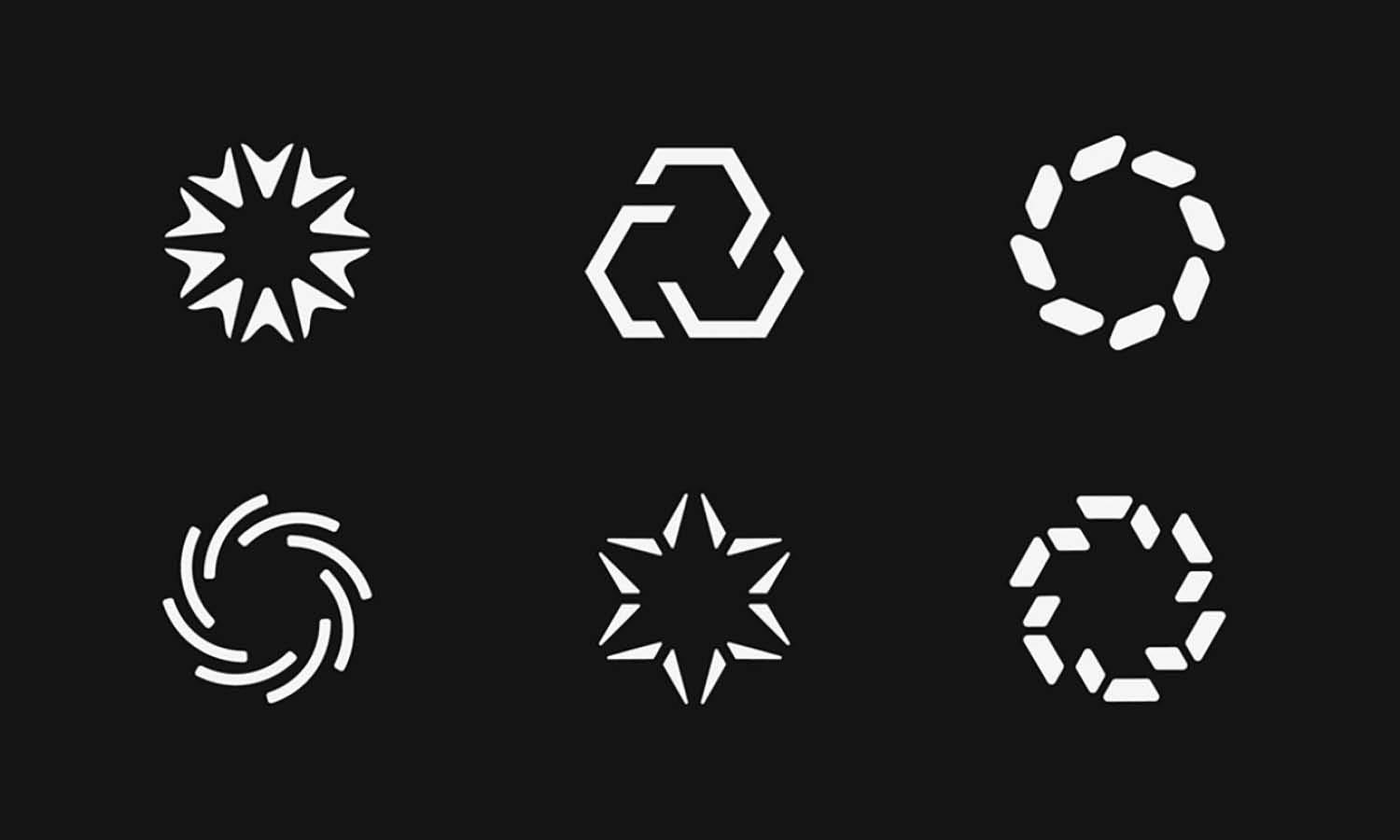






Leave a Comment